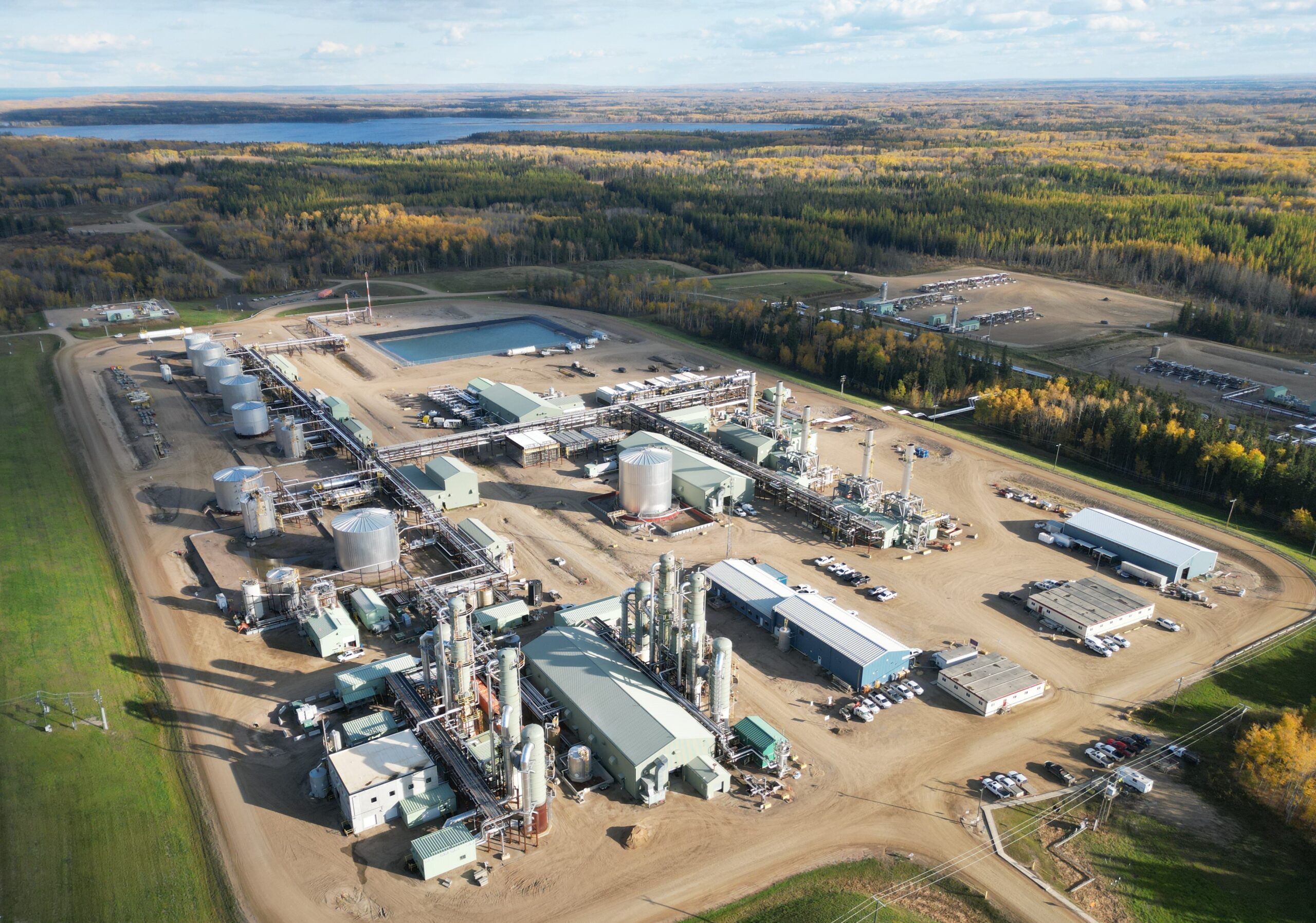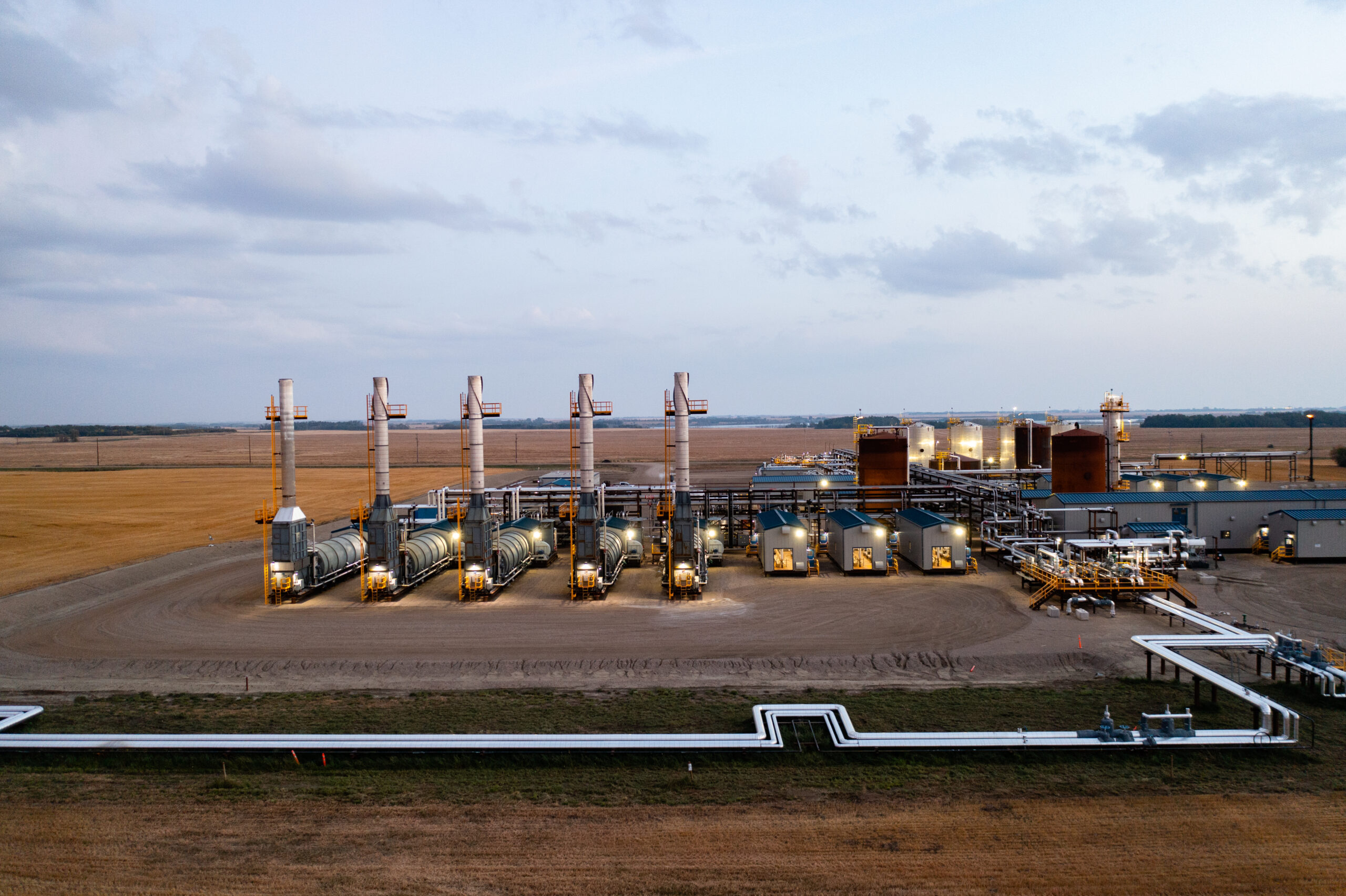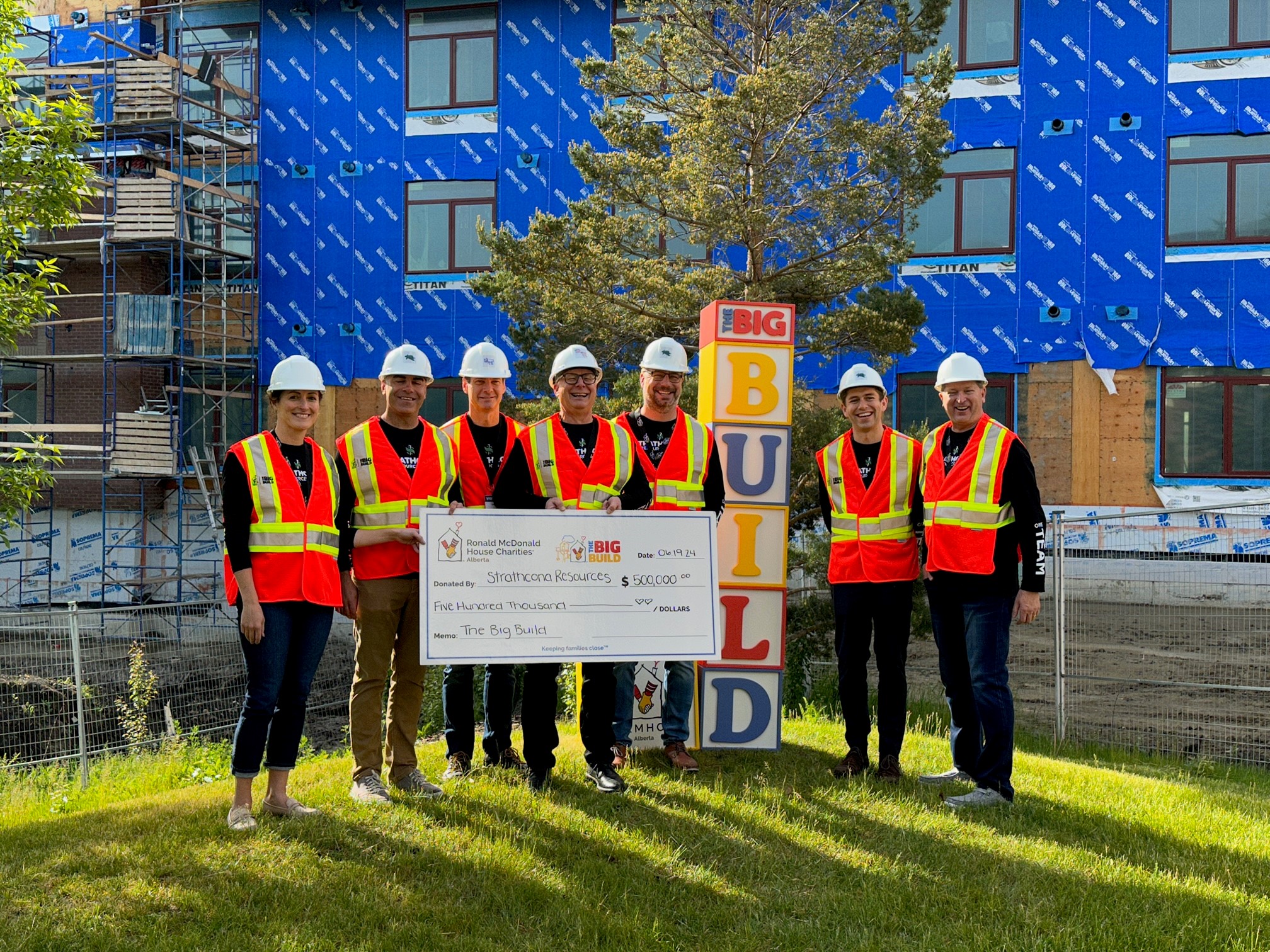Strathcona is implementing a new state-of-the-art emissions reduction technology at our Orion thermal oil facility in the Cold Lake region known as an Organic Rankine Cycle (ORC) system. The system will use waste heat recovery to generate carbon-free electricity, offsetting approximately 80% of the Orion facility’s existing grid-power consumption.
Italian firm Turboden has been selected to design and produce the ORC system, which will be the largest single-shaft turbine ORC system in North America, grossing a nameplate capacity of up to 19 megawatts.
“Turboden has successfully implemented more than 400 ORC systems all over the world and across many diverse industries,” says Paolo Bertuzzi, CEO, Turboden. “We’re excited to showcase the substantial operational and environmental benefits of our technology at this scale and in this environment.”
Implementing ORC technology at steam assisted gravity drainage (SAGD) operations, like Orion, will allow Strathcona to capture previously lost low-grade thermal heat at approximately 150°C and convert it to emissions-free electricity that can be used to help self-power operations and reduce need to draw from the local power grid. Low-grade thermal heat from Orion was previously released through aerial coolers.
“We see tremendous value in implementing Turboden’s ORC system at our Orion facility,” shares Rob Morgan, President & CEO of Strathcona Resources. “The technology will convert a waste energy stream from our SAGD operation into usable electricity, lowering power supply costs and reducing the carbon footprint of our operation – demonstrating once again how technology can be applied to improve both the economic and environmental performance of our industry.”
The ORC implementation is slated for completion in the first half of 2025. The project will be constructed within the facility’s existing operational footprint and is estimated to result in approximately 740,000 tonnes of GHG emissions reductions over the project lifetime.











